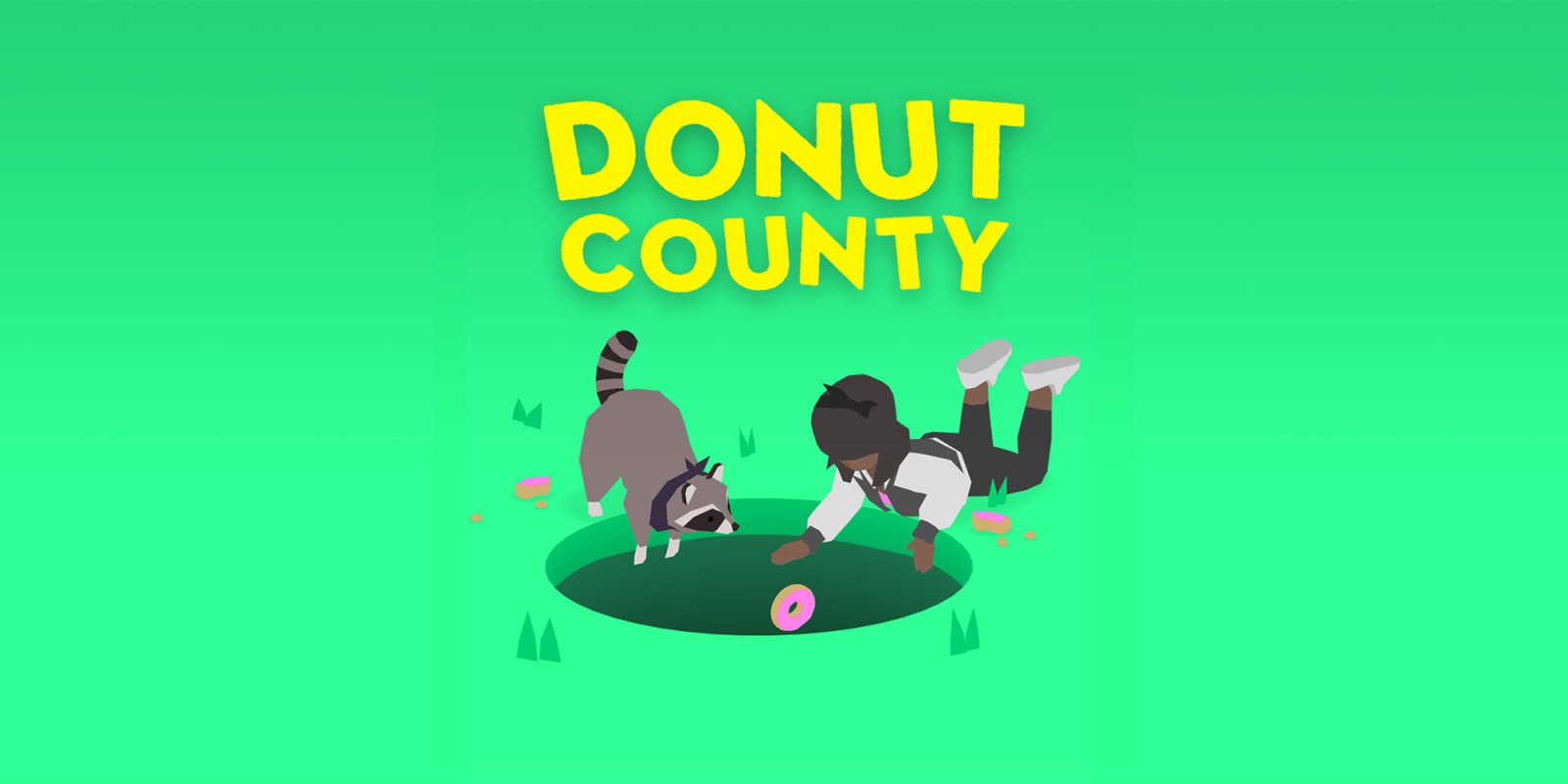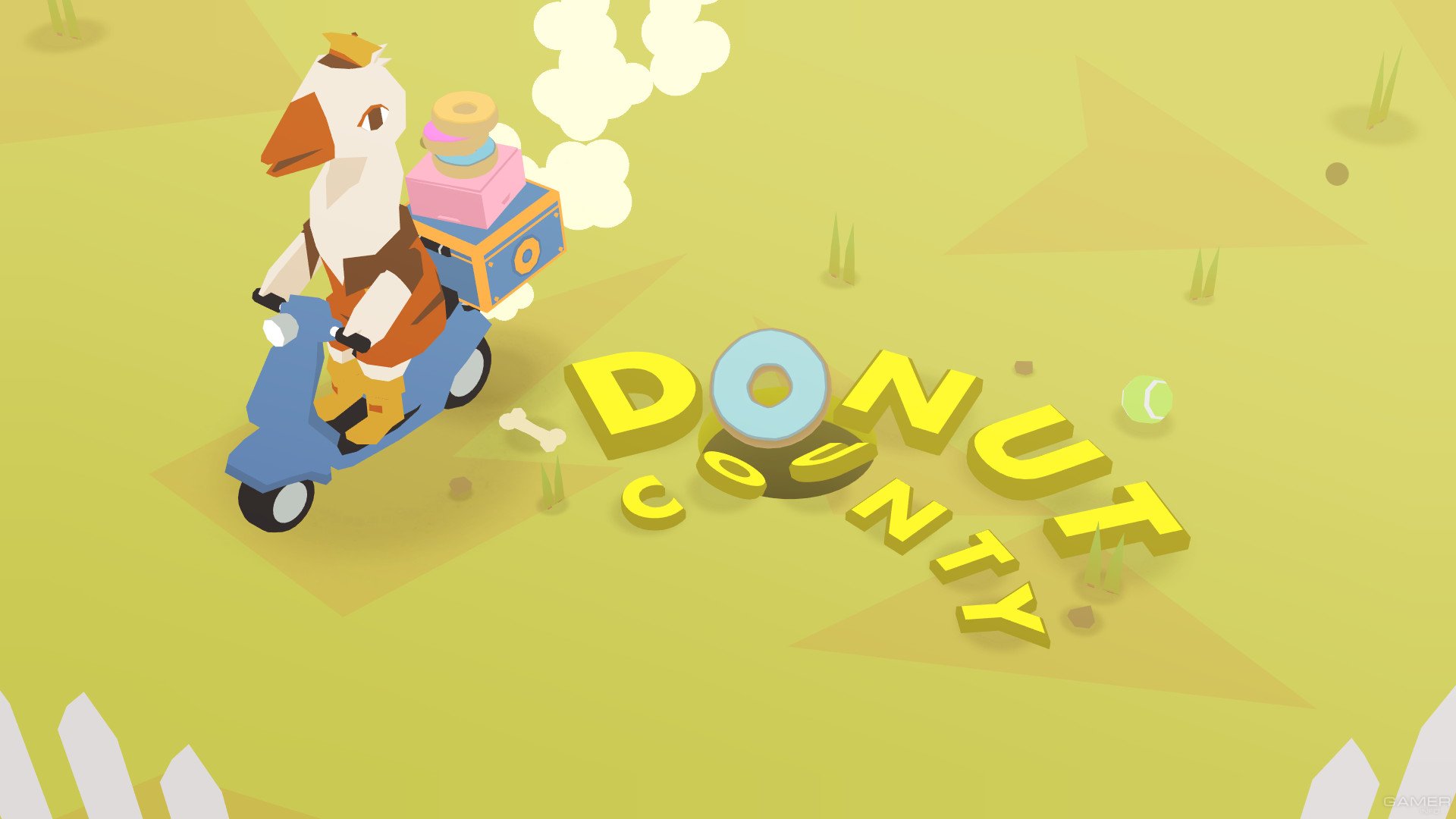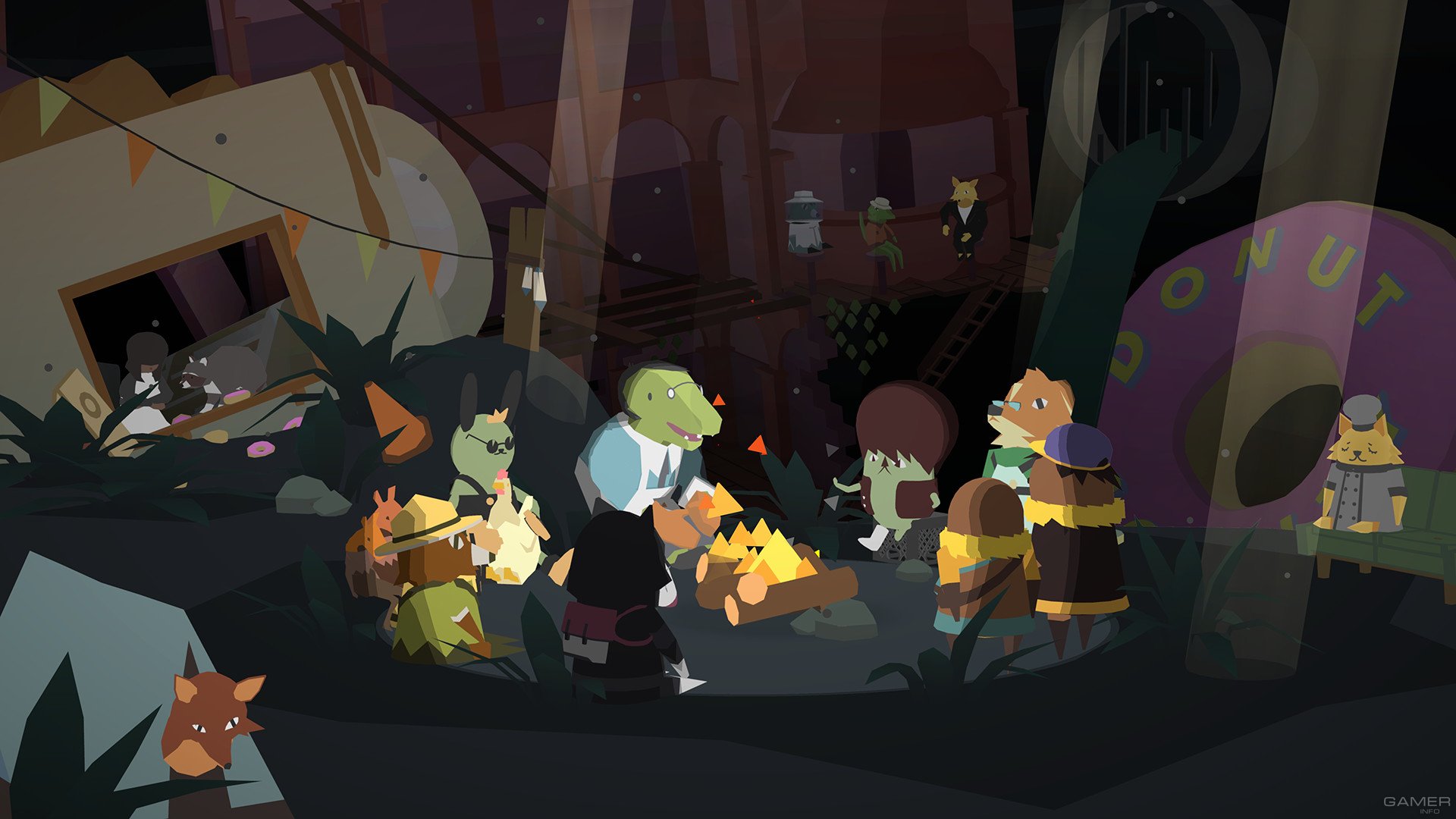
The stuff someone keeps around tends to say a lot about the way a person lives, and sometimes their approach to life in general.

PSU: Each of the levels tend to be fairly focussed, intimate affairs – was it because of this that you avoided making the stages massive, city-swallowing affairs like you’d get in Katamari Damacy, perhaps?īen Esposito: The levels in Donut County are focused on an intimate human scale because the game is really about places that people live and the objects that define those places. That’s why you can get a snake stuck in the hole and use it to harass various animals. Lastly, I think the puzzle mechanics should be funny. In spite of their campaign of terror, I always thought they were really cute. They’d monitor us from the rooftops when we walked around at night.

We had a pretty serious raccoon problem, to the point where the raccoons would take over the laundry room and sleep in the warm laundry machines. PSU: BK is a bit of an asshole, though somewhat redeemably lovable at times – was there any particular inspiration behind his creation?īen Esposito: I knew I wanted raccoons to be the lovable bad guys in Donut County after my experience with my first apartment in LA. I’m fortunate I got to sharpen my skills on such a cool project. I contributed to some of the more playful physics-based stories and interactions (like the secret passages). Pretty specific! On Edith Finch, I got to develop a number of playable prototypes for stories you play in the game.

In particular I learned a lot of techniques for designing story-specific puzzles and challenges with no fail states. PSU: How did your time on What Remains of Edith Finch and The Unfinished Swan affect the development of Donut County – if at all?īen Esposito: I learned a lot working with Ian Dallas and the team at Giant Sparrow for those two games. Donut County isn’t just about mischievous raccoons conjuring up holes to swallow everything there’s more to it than that.


 0 kommentar(er)
0 kommentar(er)
